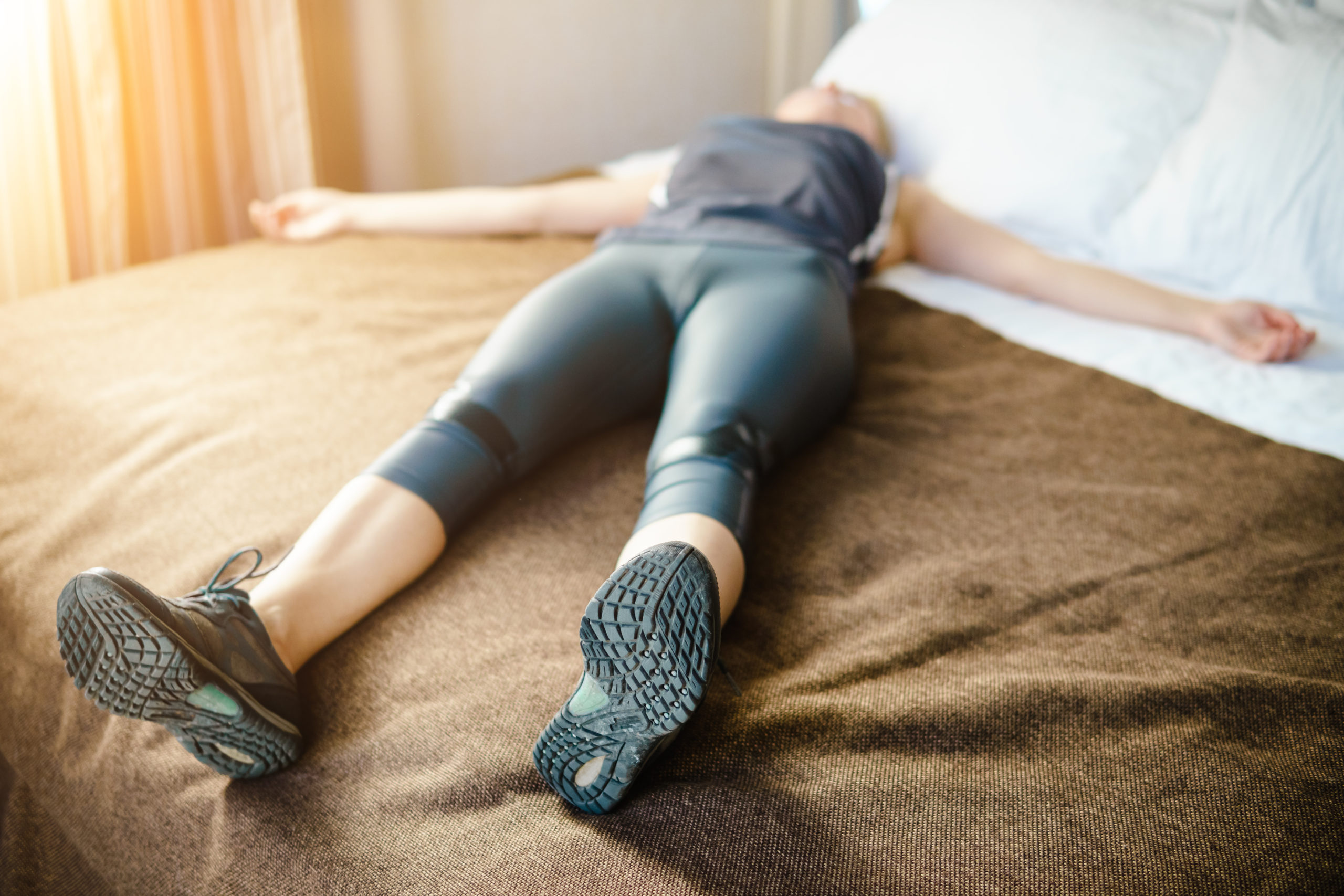Forget no pain, no gain. Having no rest day is a risk fitness lovers should watch out for. Rest is an important part of any fitness routine because it provides important benefits for your body to feel the best and elicit your strongest performance.
Get the scoop on how much rest you need and what to do on rest days to see better results on your next workout session.
Rest day benefits
Taking time off does more for you than you might think. Your body doesn’t stop working when you put down your gym bag, and taking a rest day gives you the break you need to recover from a workout and reach your full potential. Here are a few of the benefits your body is busy providing while you relax.
Restore homeostasis balance
Exercise is good for your body, but working out also takes a physical toll. When you push yourself, you may elevate your temperature, change the acid balance in your blood, and even cause microtears in your muscles. All of this can be perfectly healthy, but your body needs recovery time to come back into balance.
Reduce chances of injury
By allowing your body to complete the cycle of going through physical stress (by working out) and recovering, you may help prevent injury. Overtraining, caused by pushing too hard with too few breaks, can leave you feeling heavy and fatigued. Research shows that two-day breaks every four to six weeks may already help reduce injury rates in some professional athletes, but you may require more depending on your fitness level and training plan.
Gain strength
Strength exercises can cause microtears in your muscles. When your body repairs these tears, you get stronger as your body naturally compensates to avoid that microdamage next time. But you need the rest period to allow your body time to build that muscle back.
What should you do on a rest day?
An exercise rest day doesn’t necessarily mean you have to remain idle (if you don’t want to). In fact, certain activities can be even better for you than lying on the couch.
Foam rolling
Massaging your muscles with foam roller stretches can help reduce lactic acid in your blood and soothe sore muscles. Foam rolling is a form of myofascial release — basically a deep-tissue massage for your muscles — and can boost the overall quality of your recovery.
Active recovery
Active recovery refers to doing a gentler form of exercise you enjoy on a rest day. If you like cardio, that could mean a walk in lieu of a run. A yoga routine can be a way to engage and stretch your muscles without pushing them into an intense workout. Active recovery, especially combined with massage, can improve performance more than passive recovery (as if we needed another excuse to get a massage).
Sleep
OK, so this is more toward the “do-nothing” end of the spectrum, but it’s important to mention. Getting enough beauty sleep is vital to lowering injury risk and improving performance. If a nap feels right on a rest day, go for it! This might also be a great reminder to set up a soothing space in your bedroom and turn out the lights early when you can.
How many rest days do you need?
Most experts agree that at least one rest day per week can be important to lower your risk of overtraining. Some research suggests it can take up to 72 to 96 hours for your muscles to recover from a training session. If you’re tackling tough weightlifting workouts, you might train two or three days a week and take multiple rest days to make your best progress.
Your ideal number of rest days depends on the type of fitness program you’re following and your fitness level. If you’re a beginner or returning to exercise after a long break, you might feel more comfortable taking several rest days per week to recuperate. If the gym is your home away from home, one rest day might feel better for you. Exercise intensity matters, too. If you can chat with a friend on your daily jog, you’re not putting as much stress on your body as a runner practicing full-out sprints.
Remember, you can still opt for active recovery on rest days by walking, cycling, practicing yoga, or doing whatever form of lighter activity makes you feel good. Just dial the intensity down and do a body check-in to see if extra measures like stretching or foam rolling would hit the spot.
Staying active is a great way to help you stay fit and clear your head. But don’t let a love of exercise get in the way of taking a break when you need one. Incorporating rest days into your routine can help you find a sustainable balance and leave you feeling fresh for your next workout.





